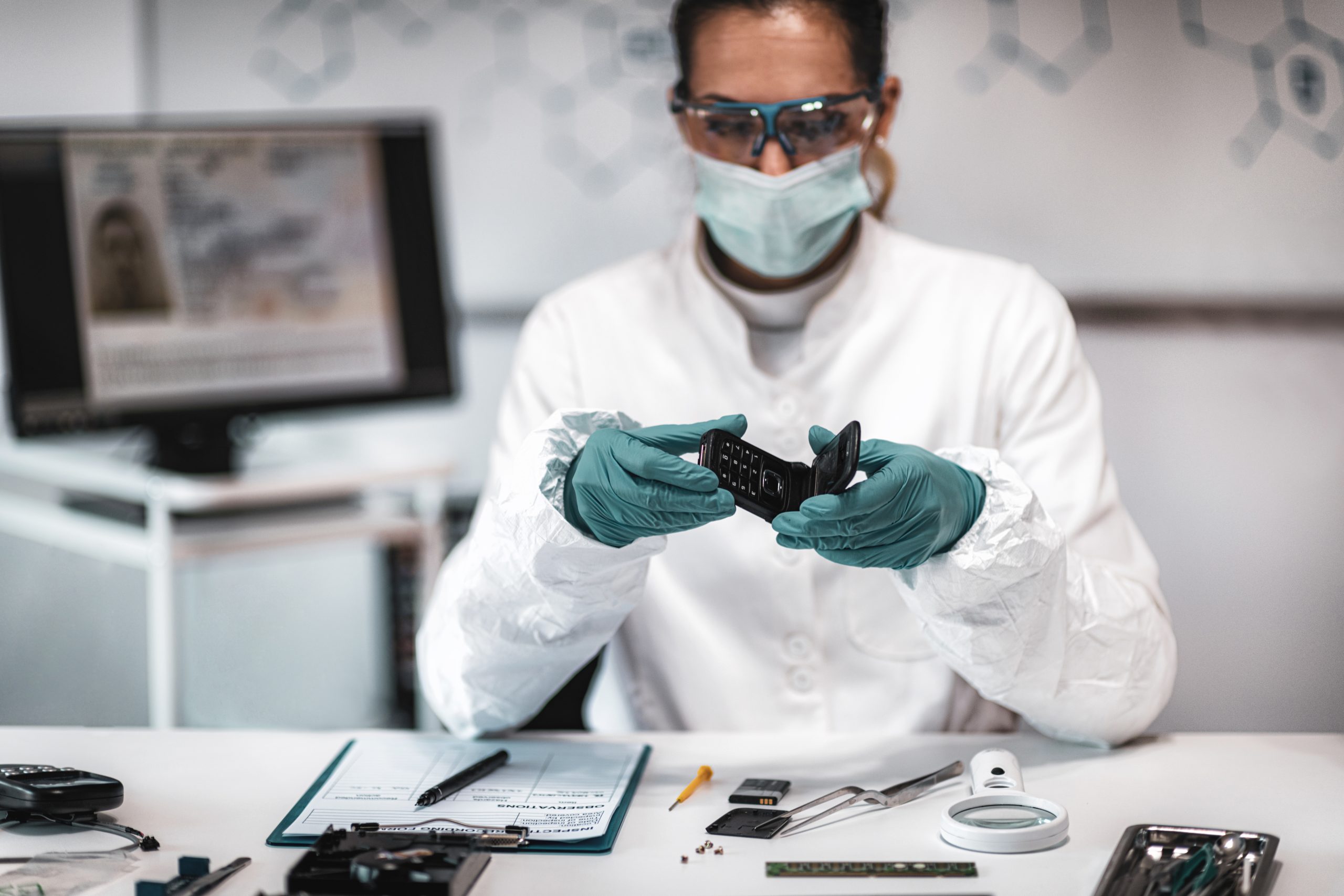Imagine a world wherein each of your clicks, messages, and online engagements could potentially serve as evidence in a legal proceeding. It sounds like something out of a science-fiction narrative, doesn’t it? Indeed, it is not merely a perception but rather the current state of affairs within the justice system, stemming from the escalating prevalence of digital evidence management in criminal proceedings.
However, how can we define digital evidence precisely? Consider it any data that is electronically stored or transmitted, encompassing emails, text messages, photographs, storage media updates, financial transactions, and so on. In contrast to tangible evidence such as fingerprints or a weapon used in a crime, digital evidence exists within the abstract world of binary code. This distinct characteristic brings forth both prospects and complexities in the quest for justice.
What is Digital Evidence?
But what is digital evidence? Well, similar to how a toolbox contains various wrenches for specific tasks, digital forensics encompasses a wide range of types. Consider emails as written admissions, text messages as encrypted dialogues on mobile devices, and digital photographs as captured instances in time. Social media postings provide insights into an individual’s thoughts and interactions, while digital transactions generate a traceable record of financial activities.
In addition to its range, computer forensic and digital evidence in general possess unique attributes that distinguish it from its tangible equivalent. It can be replicated effortlessly without modifying the original, resulting in multiple versions that necessitate meticulous monitoring. Digital evidence is subject to modification or deletion, requiring careful methodologies for collection and preservation. Additionally, it is frequently unstable, highlighting the need for proper handling by forensic evidence [1] investigators to prevent rapid alterations or loss.
The Collection and Preservation of Digital Evidence
Picture the challenge of capturing smoke—that’s the intricate endeavor of safeguarding digital evidence. Legal guidelines, such as search warrants [2] or consent, provide direction for these processes. From the moment storage devices are initially seized to the careful documentation of each step, every aspect is of the utmost importance. This chain of custody guarantees that the evidence retains its authenticity and remains unaltered as it makes its way to the courtroom.
However, safeguarding this vital digital device can be challenging. Unlike a fingerprint [3], data has the potential to disappear suddenly as a result of software upgrades, encryption measures, or inadvertent erasure. Forensic experts employ specialized methodologies and tools to generate forensic duplicates that accurately replicate the initial data, preserving its integrity for examination and presentation in a legal setting.

The Admissibility of Digital Evidence in Court
Not all discreet electronic messages meet the criteria for being presented as evidence [4] in a court of law. Judges evaluate their acceptability by considering specific standards. Was the evidence acquired in accordance with law enforcement? Was the integrity of the chain of custody[5] preserved? Are the tools and methodologies employed for the examination trustworthy? These inquiries undergo meticulous scrutiny to guarantee adherence to fair trial standards and mitigate the risk of misusing potentially unreliable information.
Digital Evidence in Criminal Trials
Every piece of digital evidence is a portion of the truth. When it comes to the prosecution, the objective is to piece together these fragments to form a condemning image, utilizing emails to substantiate intent, text messages to establish communication, and digital transactions to track the misappropriated funds. In contrast, the defense aims to deconstruct this depiction by emphasizing discrepancies, challenging approaches, and providing alternative explanations.
In the vast universe of legal proceedings, digital evidence has the potential to serve as a formidable asset for both parties involved, enhancing the depth and timeliness of their arguments. A solitary, damning text message can have the capability to alter the course of a trial, while a methodically examined social media post could potentially offer an alibi.
Ethical Considerations and Privacy Concerns
The presence of moral dilemmas arises alongside the potential of digital evidence to aid in the detection of crimes. Does the ability to reach our online existence encroach upon our entitlement to secrecy? Are there precautionary measures implemented to hinder the improper utilization of confidential data? Ongoing discussions and legal frameworks are necessary to strike a balance between the quest for justice and the protection of individual privacy rights, considering these significant matters.
The advent of digital evidence has brought about a significant transformation in the field of criminal trials, providing a plethora of information that proves invaluable for both the prosecution and defense. It is imperative to comprehend what is digital evidence, its characteristics, acquisition methods, and criteria for admissibility to navigate through this intricate terrain. With the constant progression of technology, the implications of digital evidence management will also evolve. The pursuit of justice necessitates a continual adjustment and ethical analysis to ensure that its utilization contributes justly to the legal system, without causing any unfair imbalances.
If you’re in Los Angeles and find yourself at the intersection of technology and legal challenges, it’s crucial to have an advocate who not only comprehends the intricacies of digital evidence but is also adept at navigating its implications within the legal framework. Contact a Los Angeles Criminal Defense Attorney today to ensure that your rights are protected and to receive a defense strategy that is informed by a deep understanding of both the legal and digital realms.
References
- Manshoory, S. (2023, September 20). What is Forensic Evidence and How to Challenge It | Manshoory Law. Manshoory Law Group, APC. https://manshoorylaw.com/blog/challenging-forensic-evidence-in-criminal-trials/
- Manshoory, S. (2023, September 20). What are the different types of warrants? | Manshoory Law. Manshoory Law Group, APC. https://manshoorylaw.com/blog/what-are-different-types-warrants/
- McShane, J. J. (2023, March 2). How fingerprint identification works in the digital Age: A comprehensive guide | The Truth About Forensic Science. The Truth About Forensic Science. https://thetruthaboutforensicscience.com/how-fingerprint-identification-works-in-the-digital-age-a-comprehensive-guide/
- Digital Evidence in the Courtroom: A Guide for Law Enforcement and Prosecutors Law Enforcement and Prosecutors https://www.ojp.gov/pdffiles1/nij/211314.pdf
- Badiye, A., Kapoor, N., & Menezes, R. G. (2023, February 13). Chain of custody. StatPearls – NCBI Bookshelf. https://www.ncbi.nlm.nih.gov/books/NBK551677/
